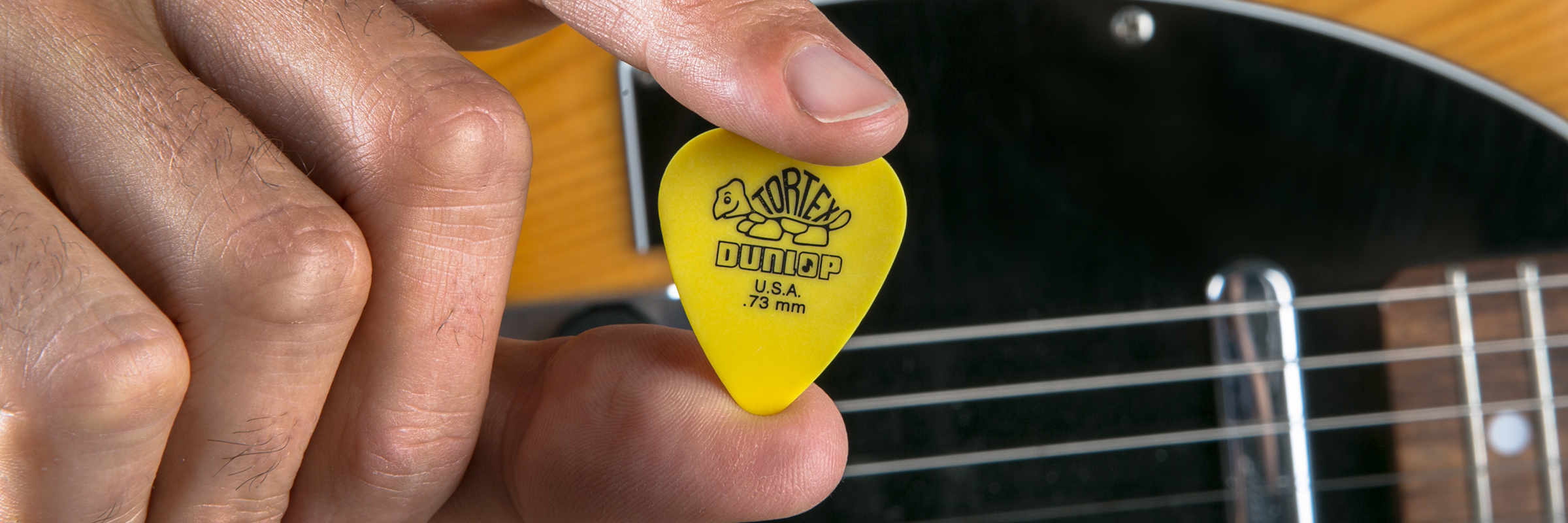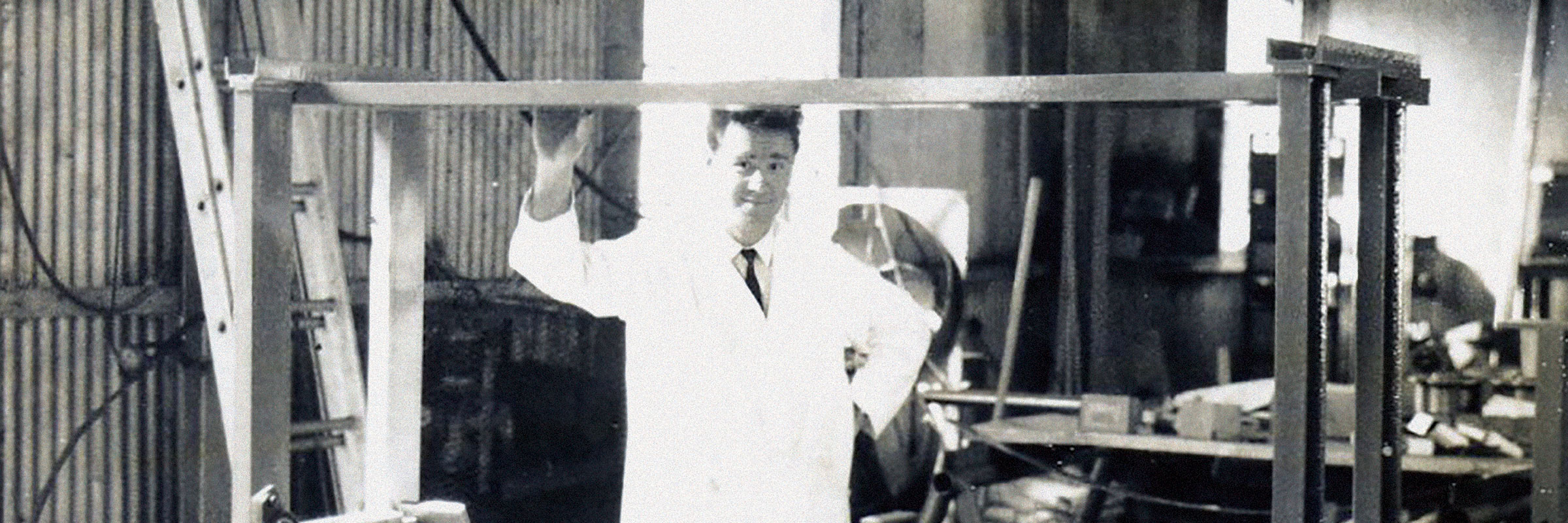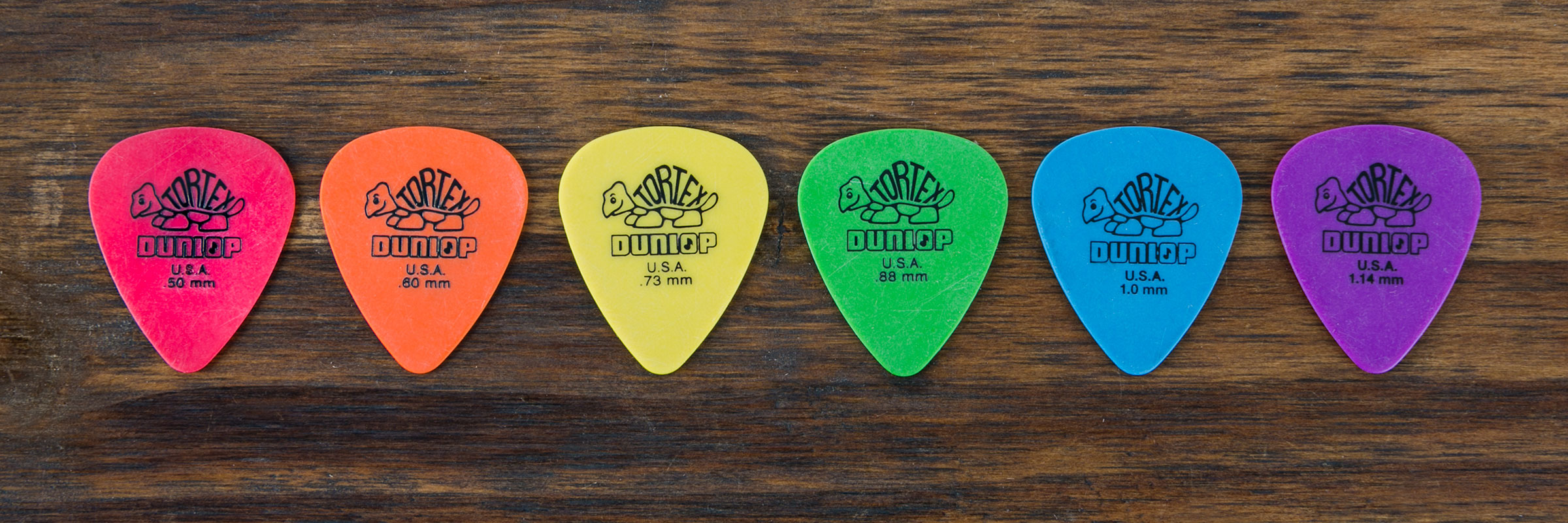Like long hair and a bad attitude, Tortex Picks are part of the fabric of rock ’n’ roll. Musicians worldwide have come to rely on their snappy attack, textured surface, and superior durability, and the turtle logo is an instantly recognizable icon to just about anyone who plays guitar. But Tortex Picks wouldn’t exist without the principle and persistence of the man who created them.
In the 1960s, Scottish immigrant Jim Dunlop brought his family to the United States from Canada and settled in the San Francisco Bay Area. He worked as a machinist by day, but during off-hours, he pursued his true calling. Inspired by his love for playing guitar—he’s been known been to strap on a Les Paul and belt out a mean version of “Kansas City”—Jim was determined to use his machinist know-how to create guitar accessories that make playing music more enjoyable. He had a knack for finding the little details that kept good products from being great, the snags that guitar players just put up with because there wasn’t anything else on the market. Jim wanted to improve on those details.









